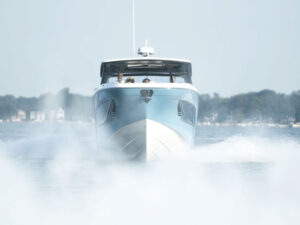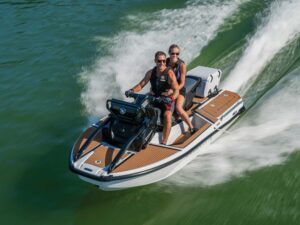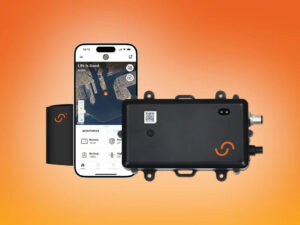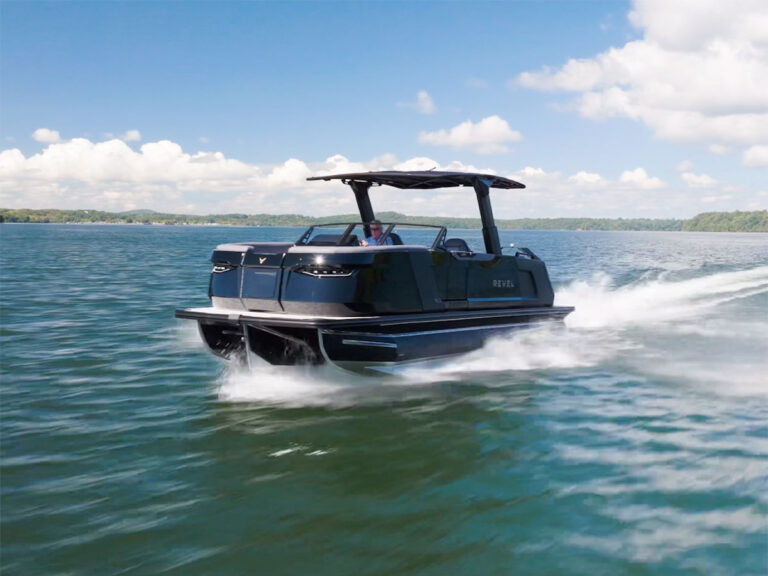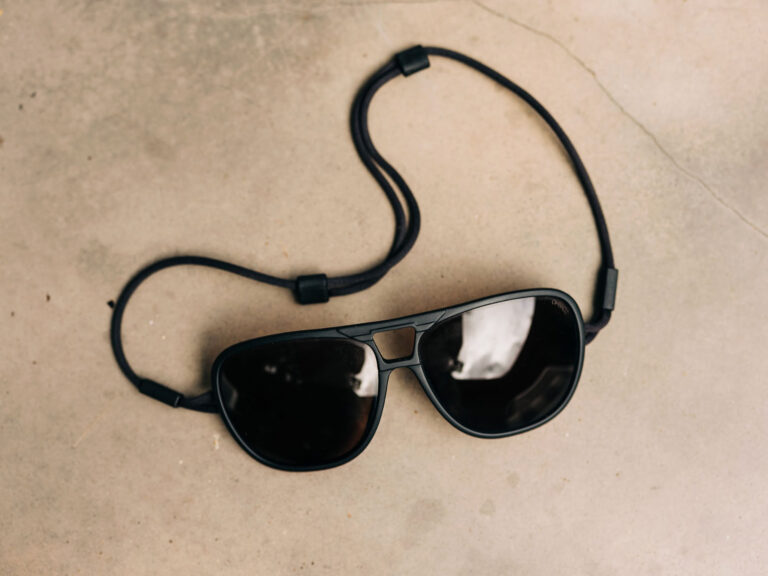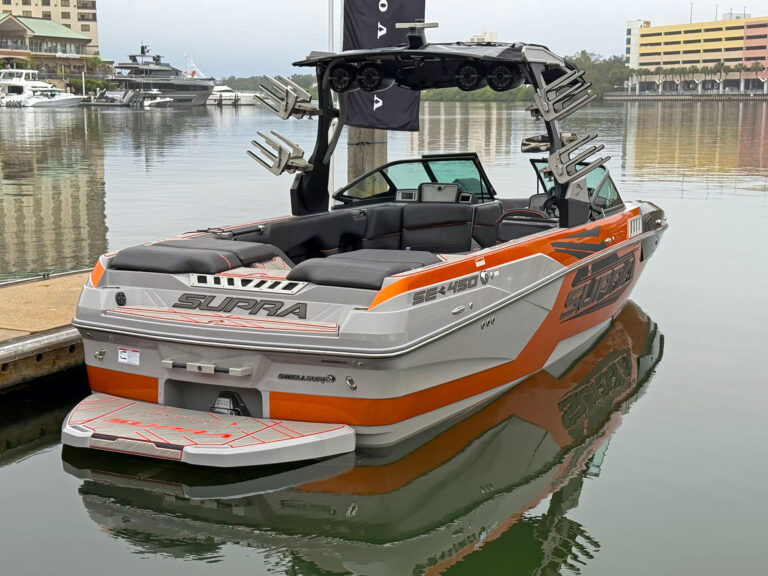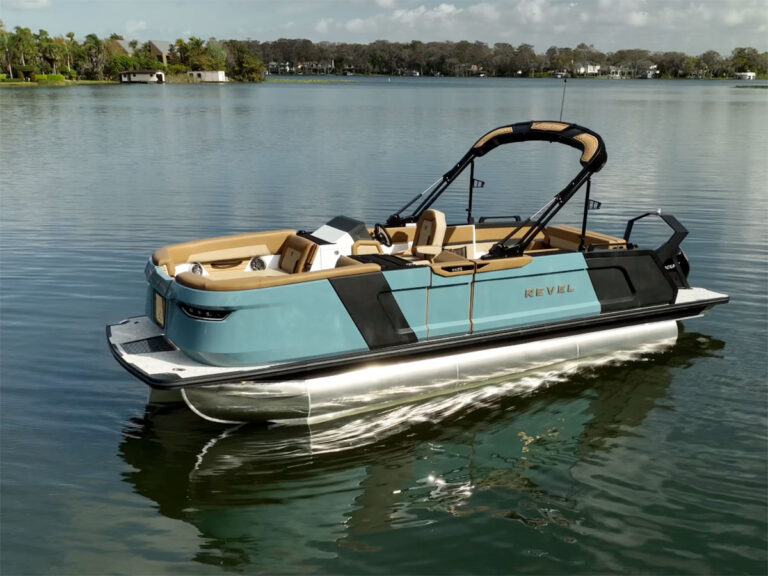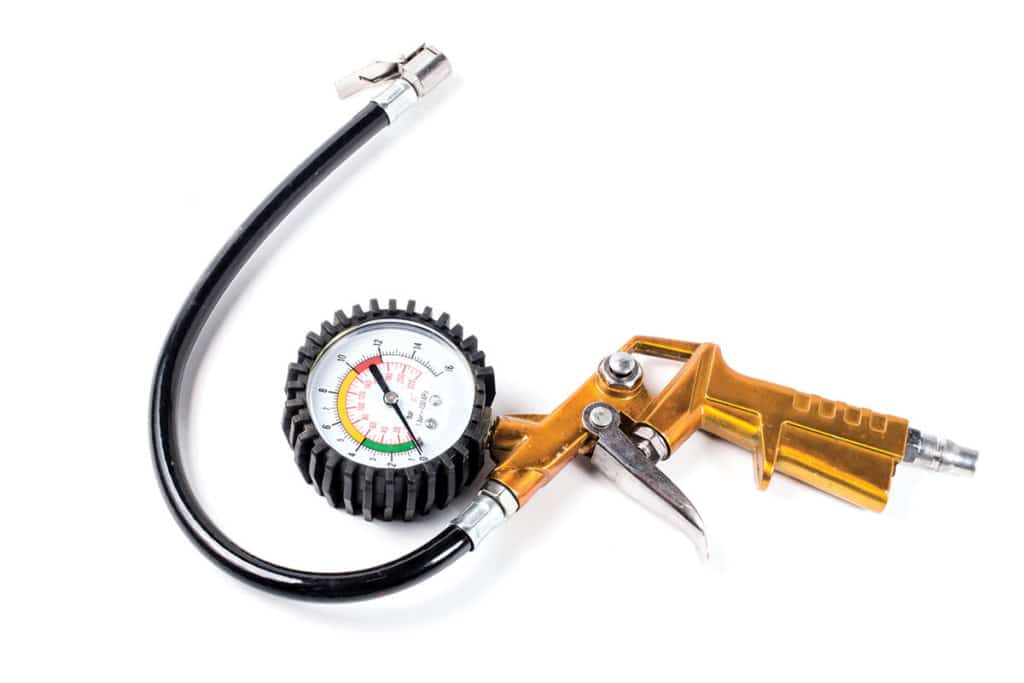
Boat-trailer tires require a lot of air pressure — in most cases, between 50 and 65 psi. In fact, the correct tire pressure for your boat trailer is almost always the maximum-rated pressure for that tire, which is molded right on the sidewall. Maintaining that trailer tire PSI is critically important to towing safety.
Tire pressure determines the load the tire can safely carry. The load capacity of the trailer was determined with that specific tire pressure as a factor. If you roll out of the driveway towing your boat with less than the max psi in the trailer tires, you have effectively reduced the load capacity of the entire trailer. Underinflated and thus overloaded tires are the leading cause of trailer-tire failure; the tires overheat and fall apart.
Here’s an example. A single-axle boat trailer with a 2,490-pound GVWR (trailer plus cargo) rolls on ST175/80R13C tires with a max trailer tire PSI of 50 pounds. At 50 psi, each tire is rated to carry 1,360 pounds, or a combined 2,720 pounds for the pair of tires. If the tire pressure is reduced to 40 psi, the individual tire-load rating drops to 1,190 pounds (2,380 pounds combined), or 110 pounds less than the trailer capacity. If you are in the habit of airing those trailer tires to just 35 pounds (your truck tires take 35 pounds, after all) the combined tire capacity drops to just 2,200 pounds. This could be a problem if the boat (including outboard, batteries, fuel and gear) plus the trailer weighs 2,400 pounds.
But wait, you wonder. If I fill my trailer tires to the max psi, won’t they be overinflated when they warm up after towing for 100 miles? What if they explode right off the rims? Air pressure will rise if the tire warms, or even as ambient air temperature changes, but only by 2 percent for each 10 degrees, and the tire is engineered to handle that extra 2 to 4 psi. If you add air to warm tires, simply reduce the pressure by 2 to 4 psi.
Quick Tip: Tire covers can help prolong the life span of tires on trailers that are usually stored outdoors by protecting them from the sun’s damaging UV rays.
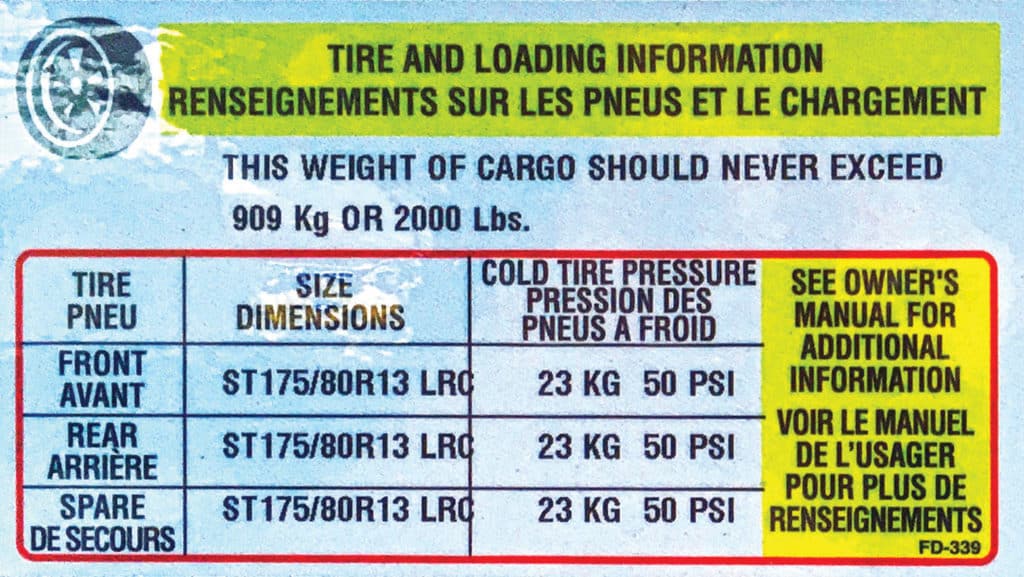
Trailer Tire Pressure Chart
All new trailers have a VIN sticker or a tire-and-load sticker — often hard to find on an inside frame rail — that states the trailer-tire size, the GVWR with those tires, and the specified tire inflation psi. Before buying a used trailer, check the sticker to make sure the tires are the correct size and rating. They may have been replaced with a less-expensive tire with an inadequate rating. If you can’t find the sticker, call the trailer manufacturer for tire info.
Boat Trailer VIN Stickers
All new trailers have a VIN sticker or a tire-and-load sticker — often hard to find on an inside frame rail — that states the trailer-tire size, the GVWR with those tires, and the specified tire inflation psi. Before buying a used trailer, check the sticker to make sure the tires are the correct size and rating. They may have been replaced with a less-expensive tire with an inadequate rating. If you can’t find the sticker, call the trailer manufacturer for tire info.

